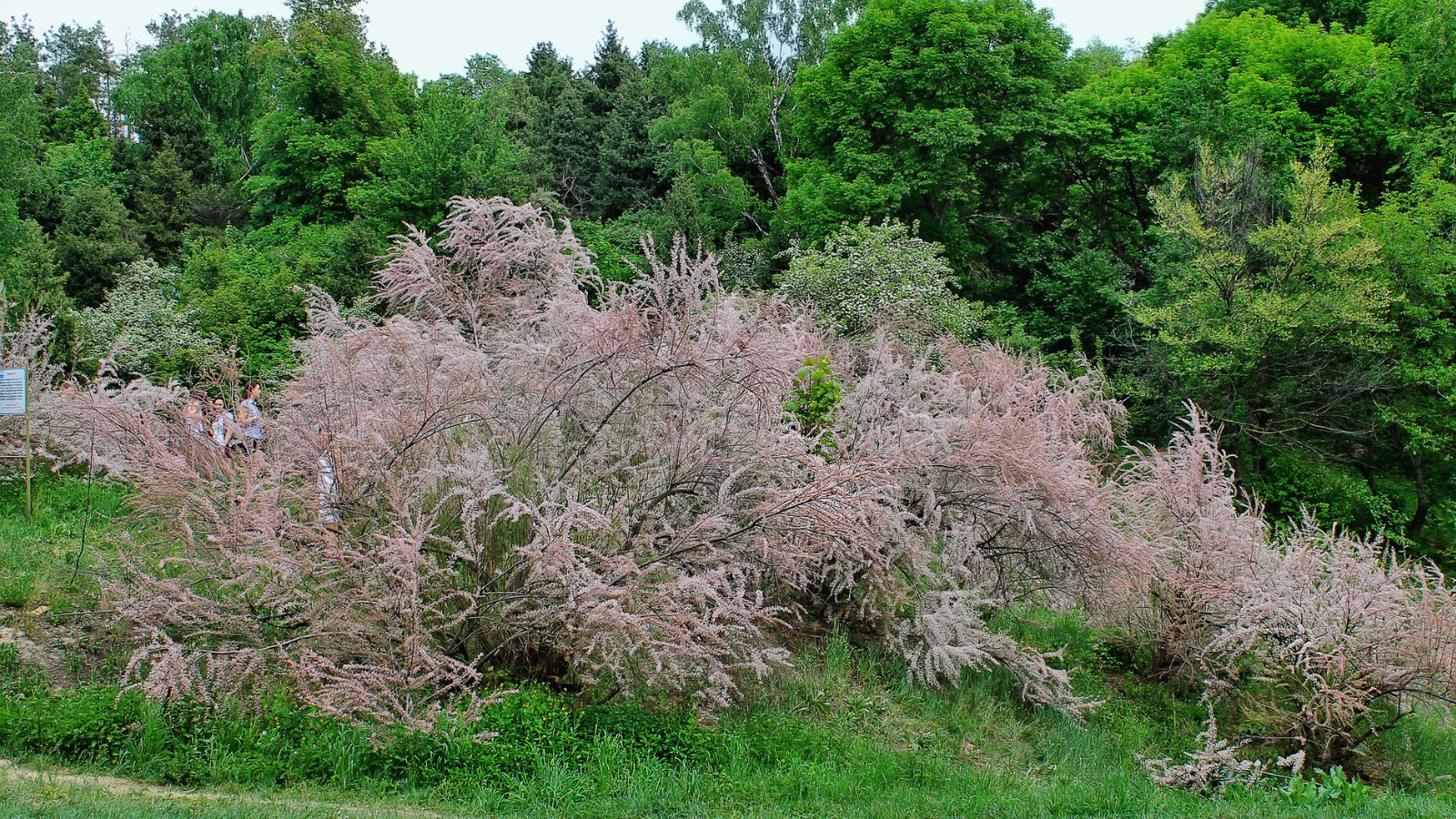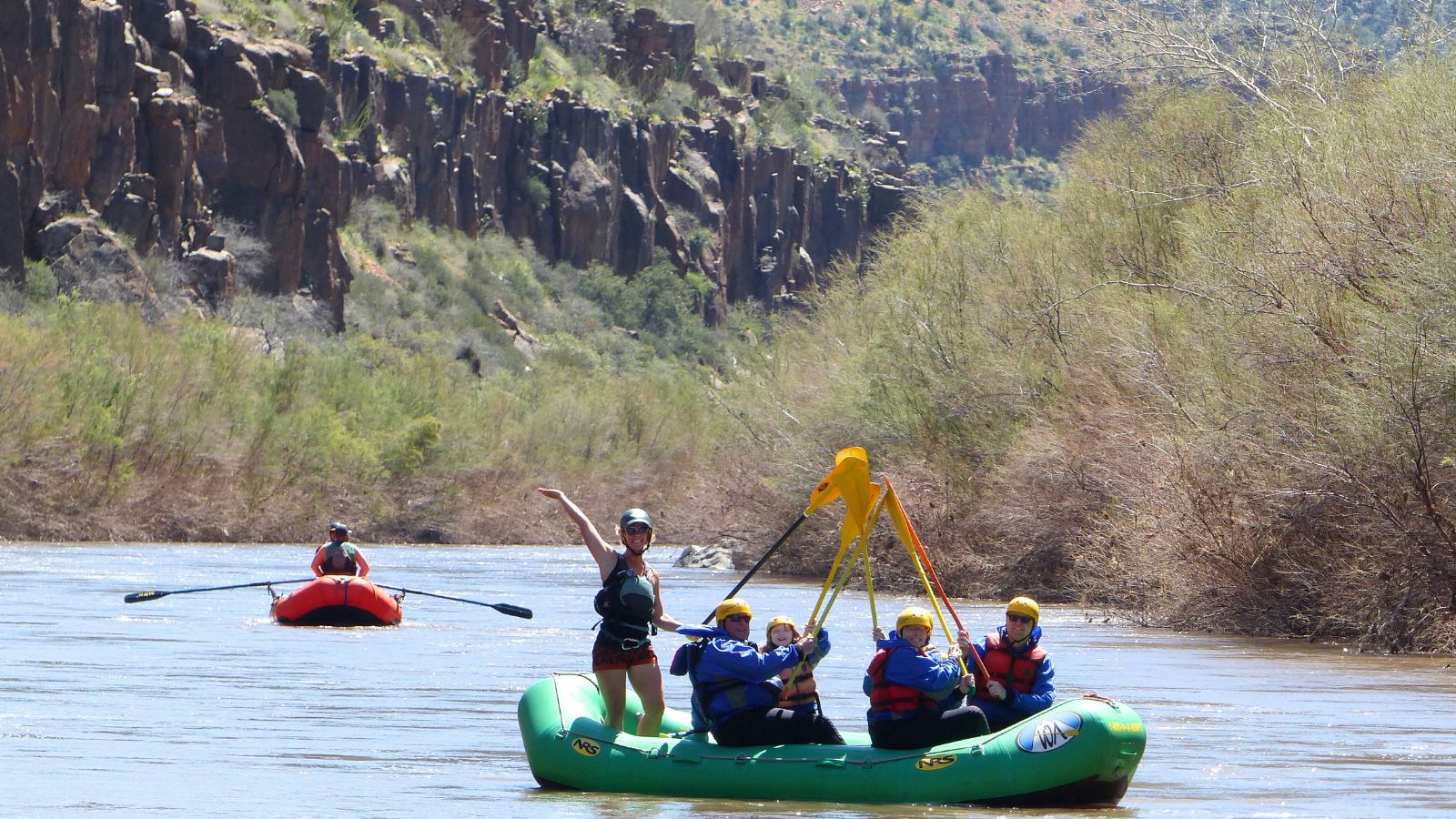How The Arizona Salt River Became Salty
The Tamarisk Salt Cedar – The Thirsty Tree
If you live in Arizona, you might be underappreciating a unique gem—the Arizona Salt River. Do you know what makes it special? It’s salty. This isn’t a trick question; very few rivers in the world are naturally salty. For this to happen, specific conditions must exist, as most rivers are naturally freshwater.
The Arizona Salt River begins as freshwater in the Gila River and transitions into the Salt River Tributary after leaving the Arizona White Mountains. In this stretch of land, the water becomes salty—a rare phenomenon. This unique feature makes rafting the Arizona Salt River an exceptional experience, as few places in the world offer anything like it.

What Makes The Arizona Salt River Salty – The Tamarisk
The Salt Cedar, also known as Tamarisk or Tamarix, lines the Arizona Salt River from start to finish. This tree isn’t native to the area. It was introduced to prevent topsoil from blowing off farms and to stop the riverbanks from eroding. Surprisingly, it was also used to slow evaporation from the river. Originally from the Middle East, Asia, and parts of Africa, Tamarisk thrives in dry climates, making it well-suited for Arizona. It replaced the once-thriving forests of cottonwoods and willows that used to line the Salt River.
You might wonder how a tree can make a river salty. Tamarisk doesn’t produce salt but draws it from the soil through its extensive roots. The salt collects in the leaves to protect the tree. When leaves fall or wind blows, the salt spreads to the surrounding land. With Tamarisk lining much of the river, salt from the trees makes its way into the water, creating the salty conditions.

How to identify the Tamarisk Salt Cedar Tree
Along the Salt River, Tamarisk can be identified by its feathery appearance, reddish stems, and the presence of salt deposits on its foliage. Its ability to dominate riparian habitats makes it a notable species in Arizona’s ecosystems. Identifying this species involves observing several key characteristics:
- Leaves: Tamarisk leaves are tiny, scale-like, and resemble those of cedar or juniper trees. They are gray-green and overlap along the branches, often excreting salt, which can create a saline crust on the foliage.
- Stems and Bark: Mature bark is brownish or black, while younger branches exhibit a reddish or purplish hue. The branches are highly branched, smooth, hairless, and appear jointed.
- Flowers: From April through August, Tamarisk produces dense clusters of small pink to pinkish-white flowers arranged in slender spikes approximately 2 inches long.
Size and Shape: Typically, Tamarisk grows between 10 to 15 feet tall but can sometimes reach greater heights. It often has multiple trunks and a dense, wispy, spreading form. - Habitat: Tamarisk thrives in riparian zones, especially along waterways like the Salt River. It prefers alkaline and saline soils and is commonly found in areas where water collects.
An Unforeseen Problem
When Tamarisk was introduced, people saw it as the perfect solution. It would protect the river from evaporation, prevent erosion, and preserve its banks. Tamarisk also shielded homes and crops from wind, making life easier. However, no one anticipated how invasive the tree would become. Tamarisk quickly spread, pushing out other vegetation. Its rapid growth raised concerns about water loss through stomata, the tiny pores where gases are exchanged in the tree.
Once the problem became clear, efforts began to remove Tamarisk from the riverbanks. But the tree proved far harder to eliminate than to introduce. Tamarisk seeds can lie dormant for years, sprouting only when rain creates ideal conditions. For every tree removed, another seemed to take its place. The battle continued for years until a surprising discovery shifted the narrative. Tamarisk didn’t kill native plants; instead, those plants couldn’t survive in the changing environment. In areas where native plants persisted, Tamarisk couldn’t compete. The tree only thrived where other plants failed to survive. Ultimately, Tamarisk fulfilled the benefits it was introduced for, and it still supports the region today.
At Arizona Rafting, we love providing the best guided white water rafting in Arizona on the Salt River. If you want to schedule a Salt River rafting trip with us, be sure to contact us! We’d love to provide you with a bucket-list worthy experience while Salt River white water rafting!







